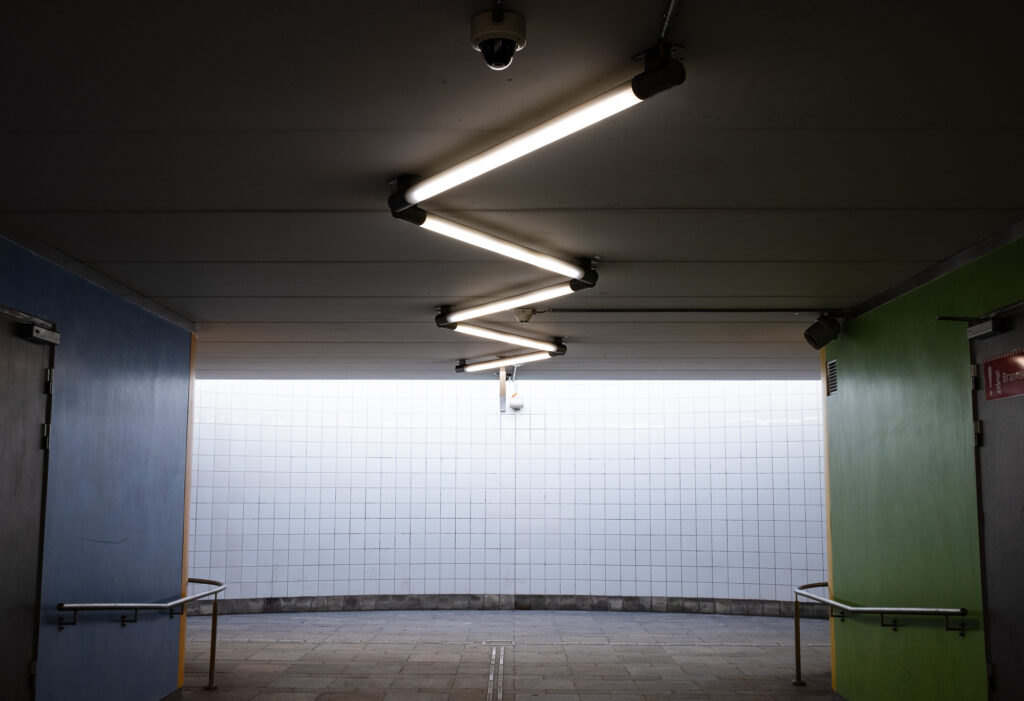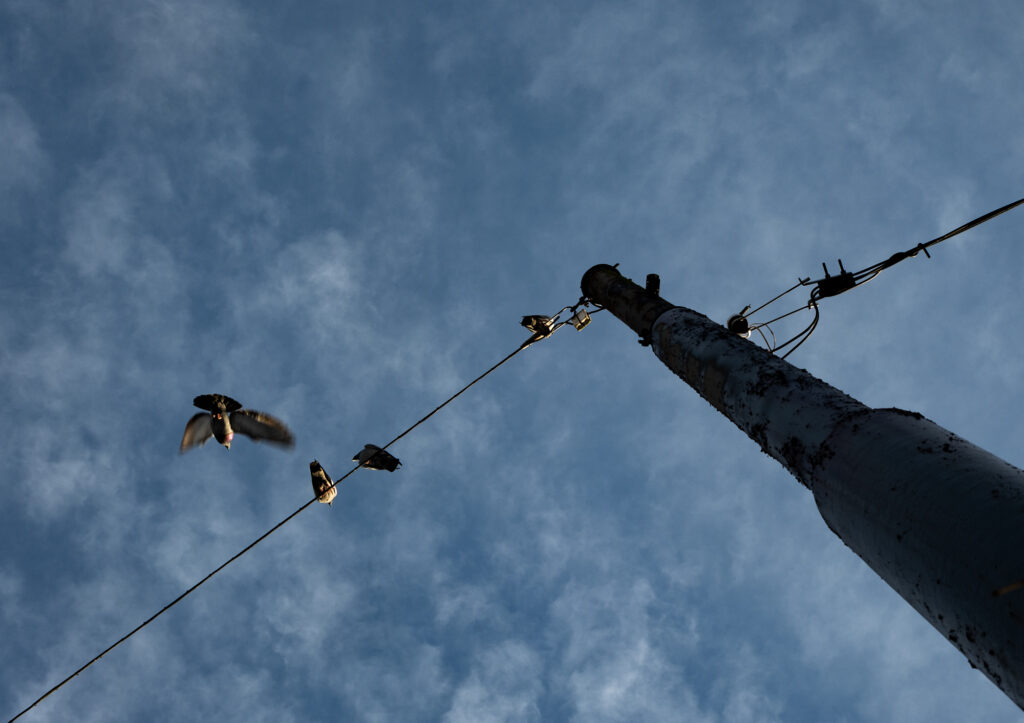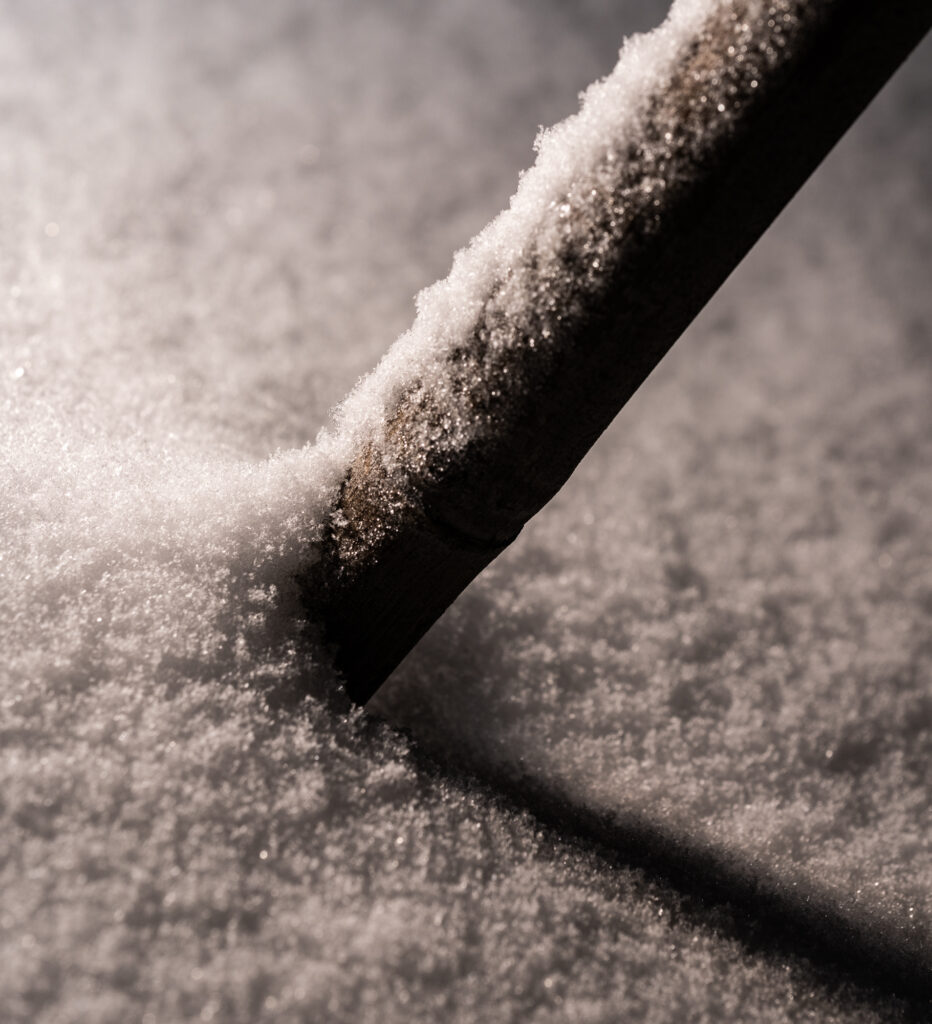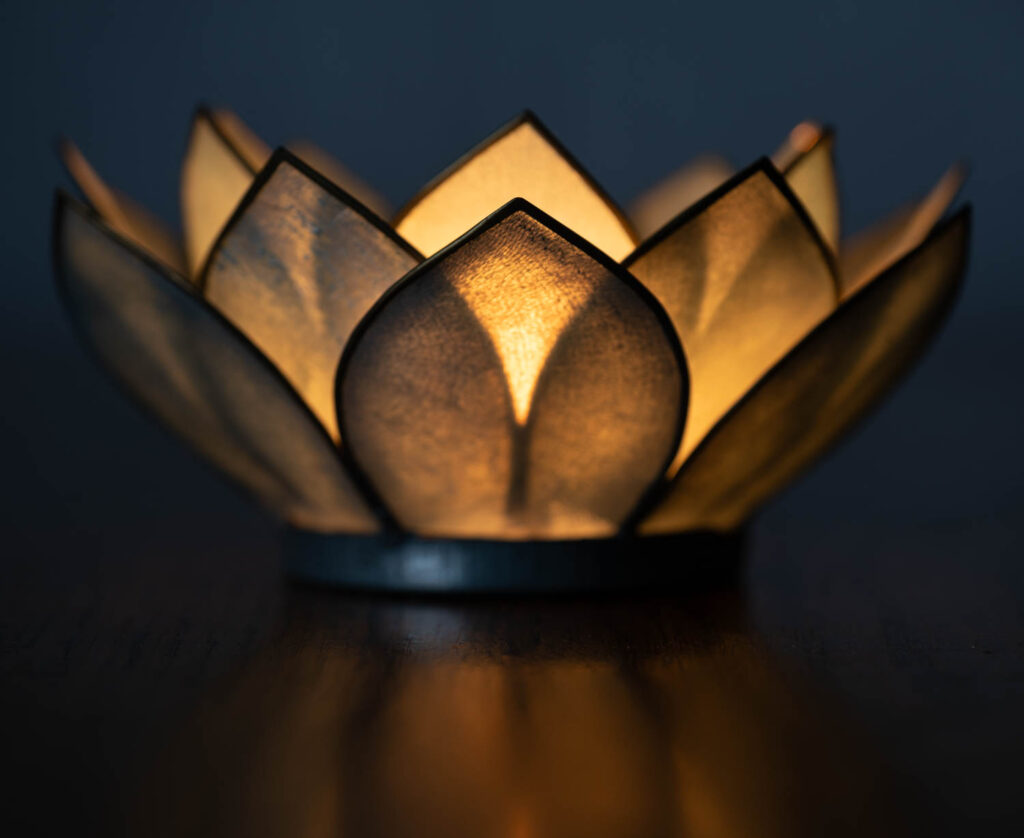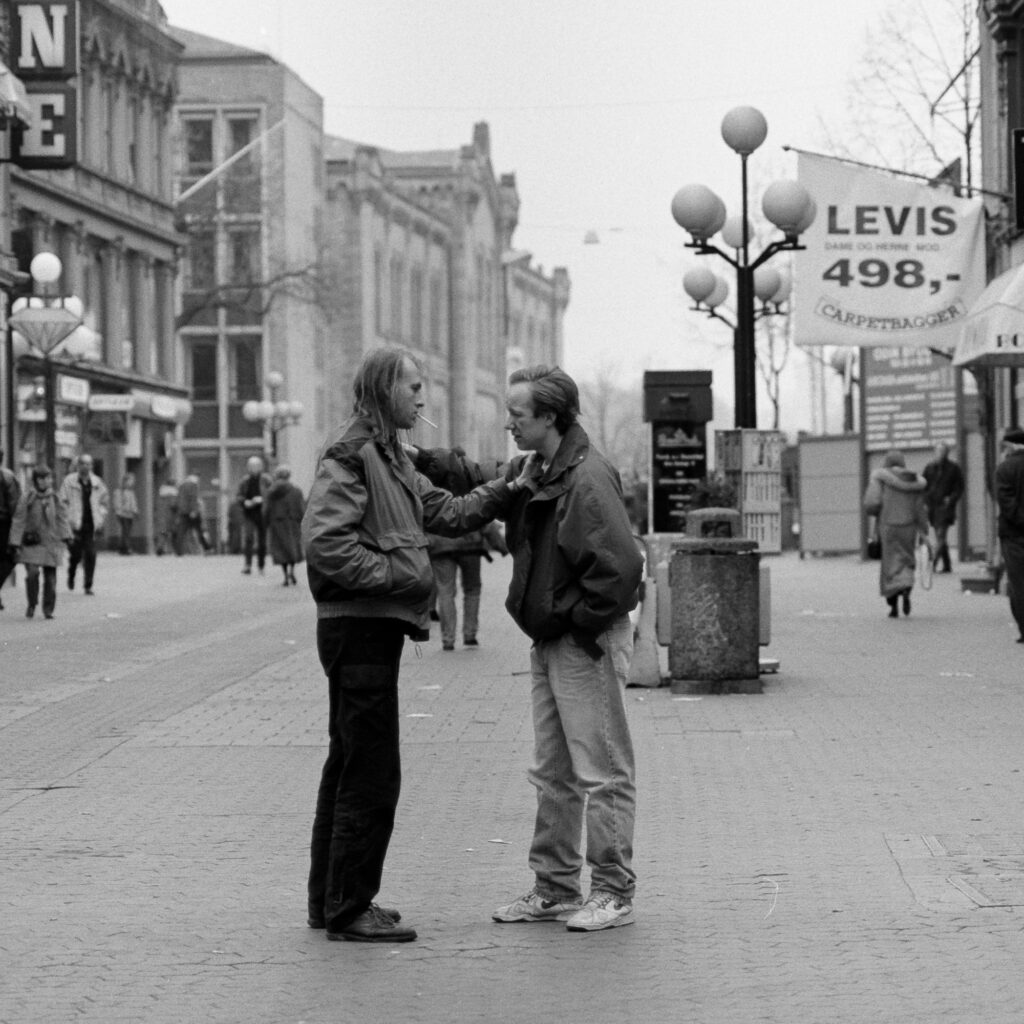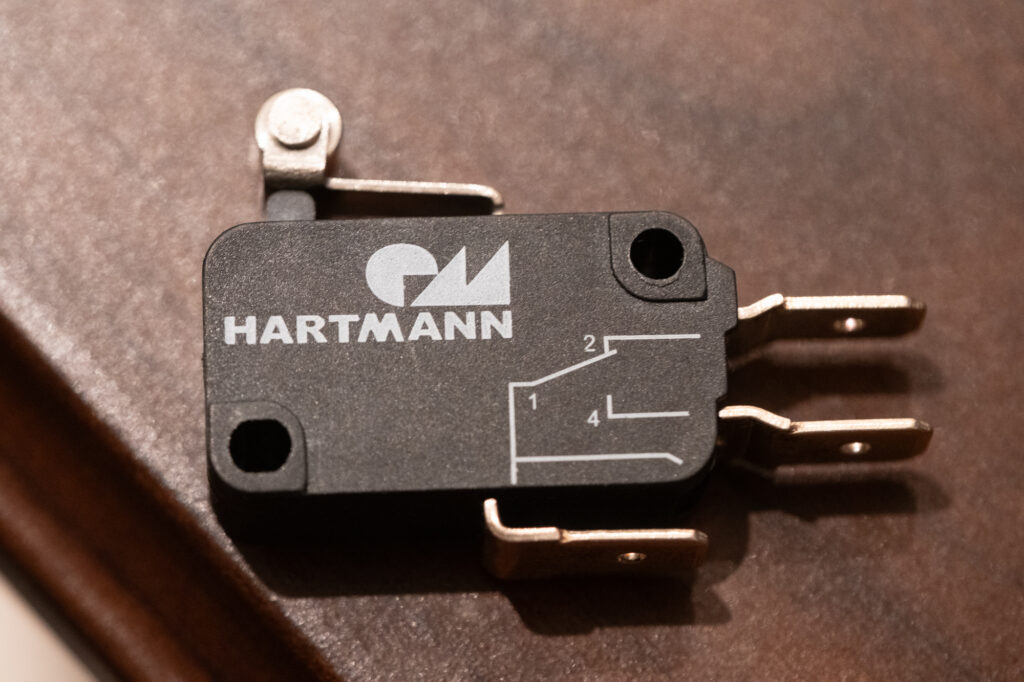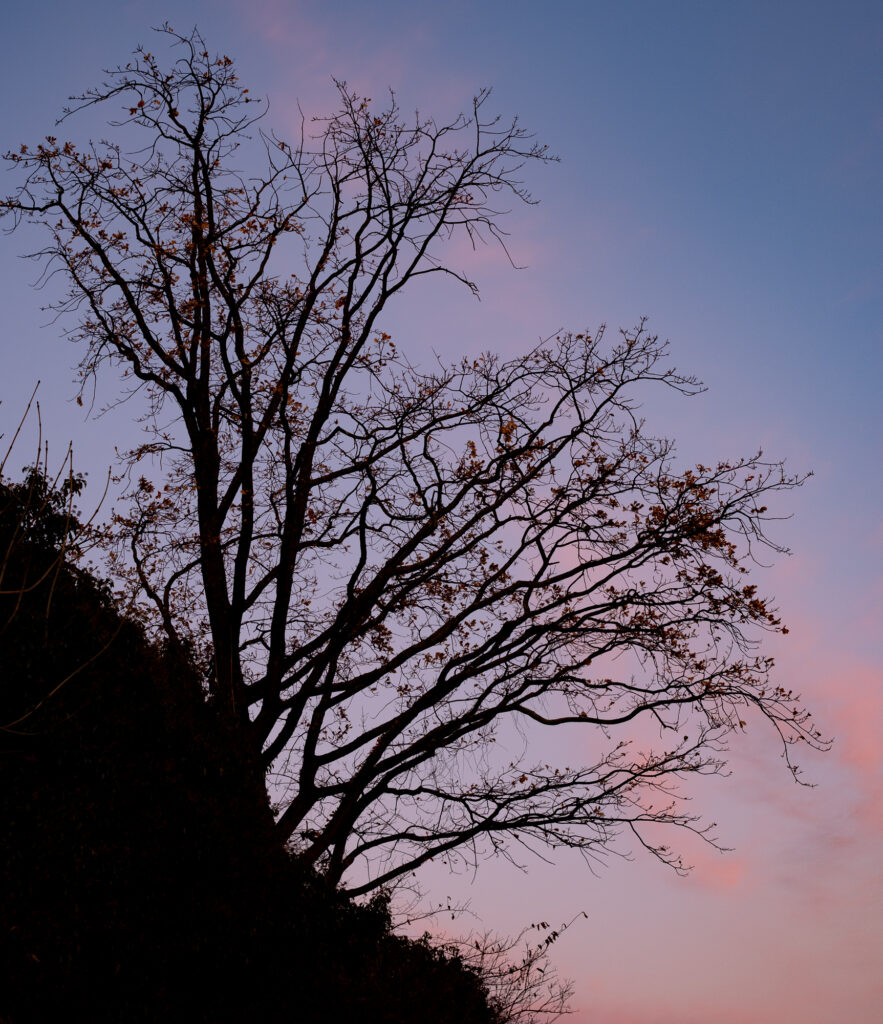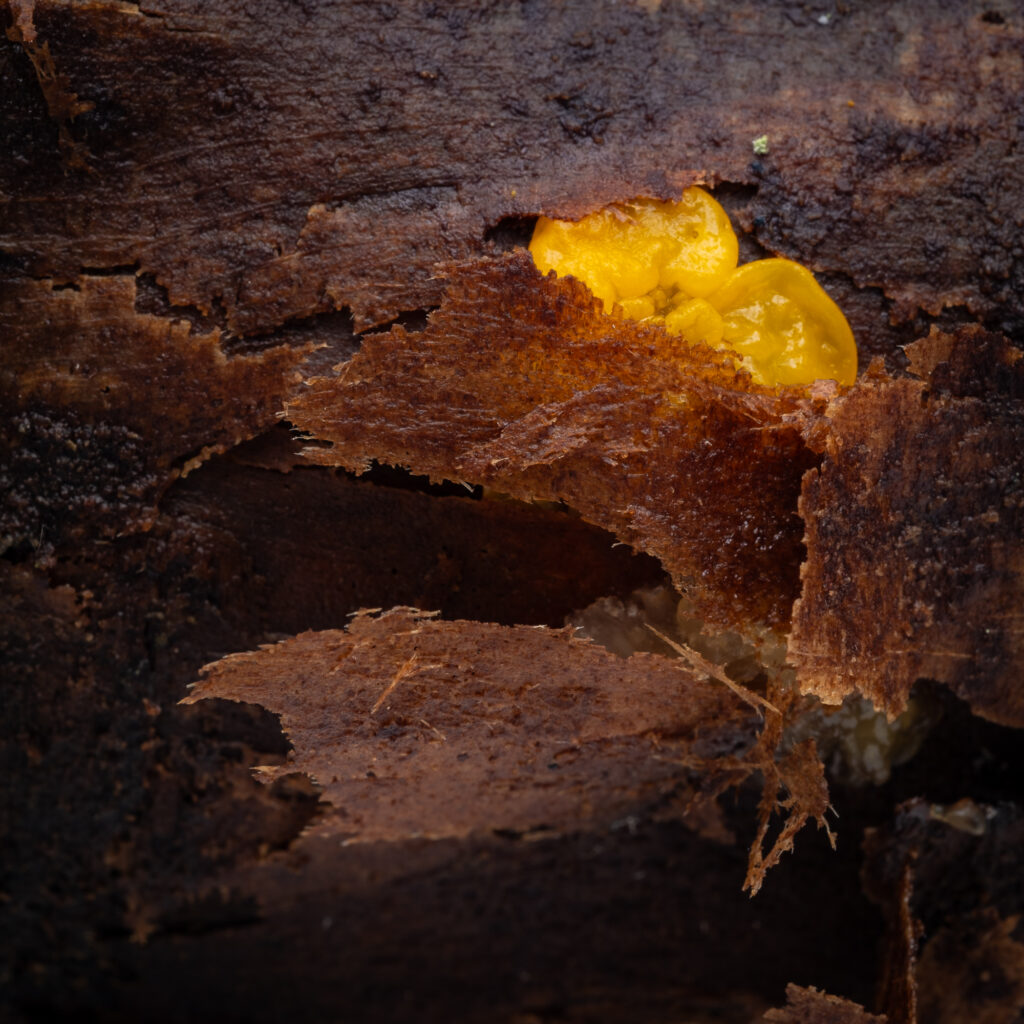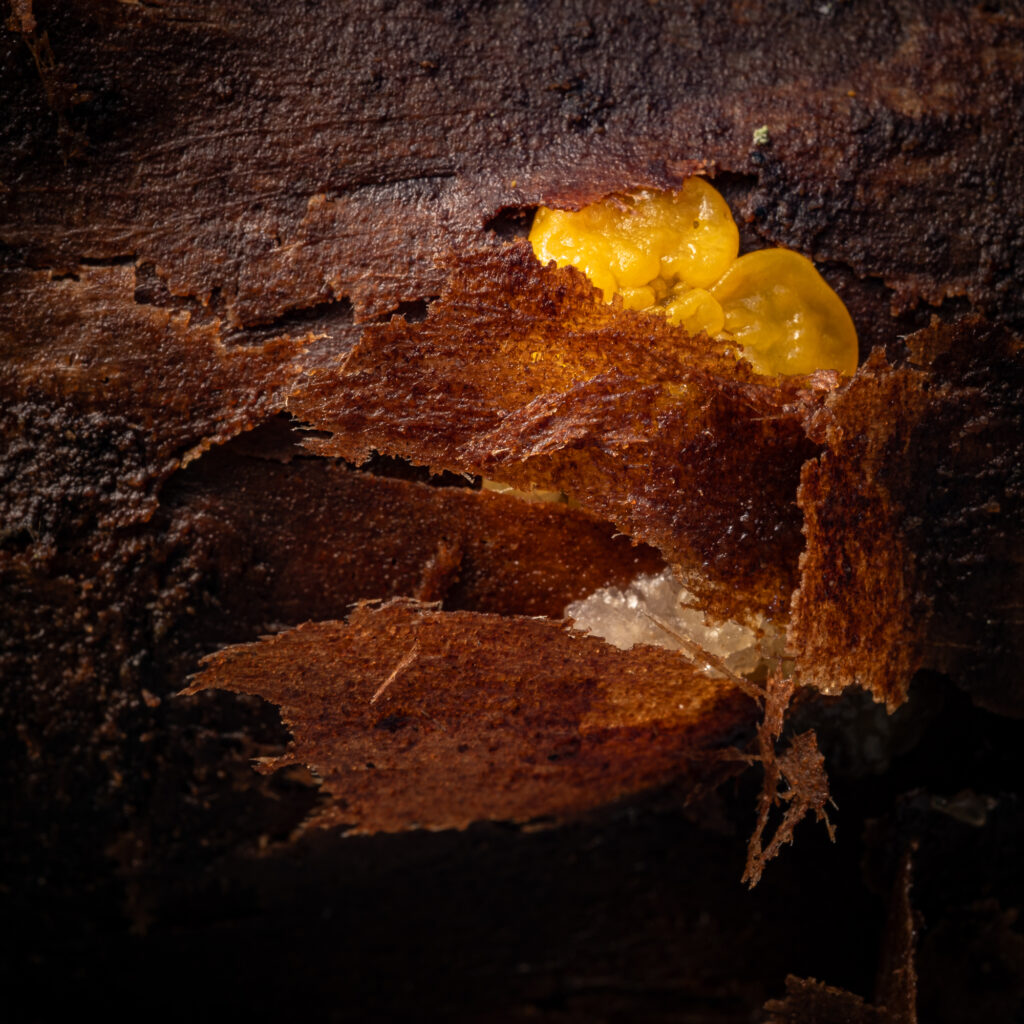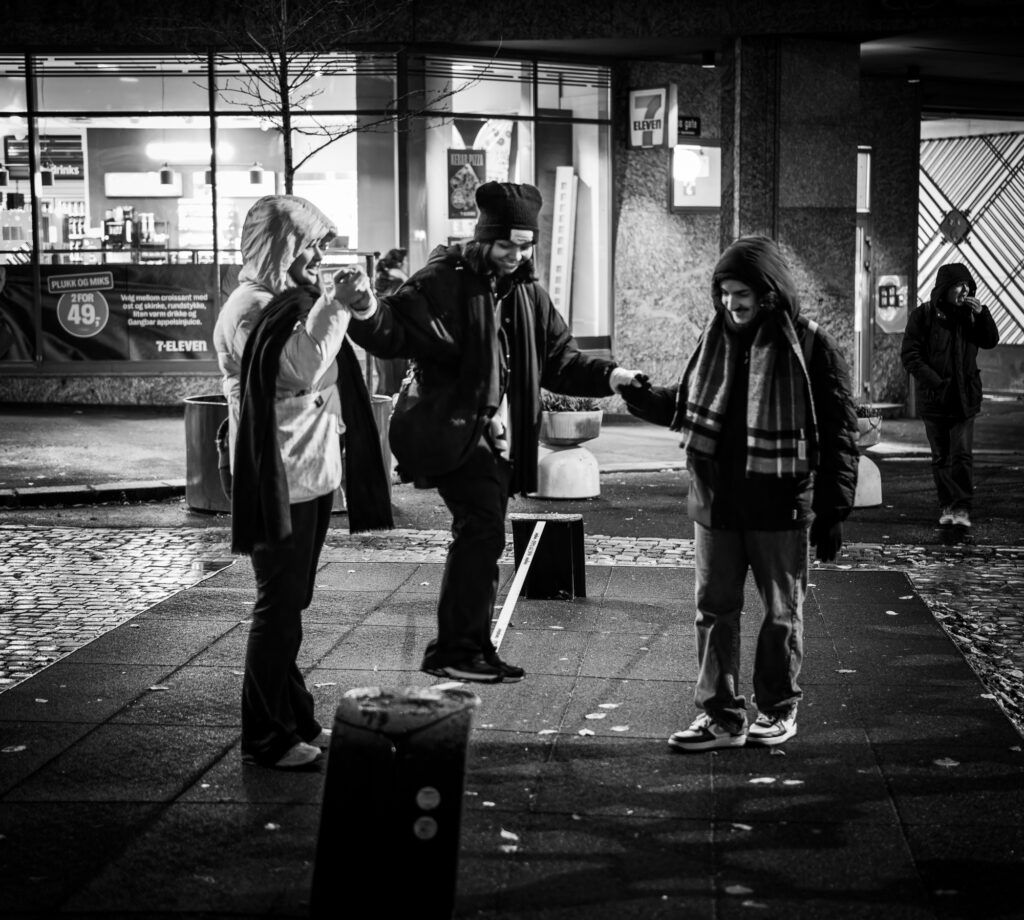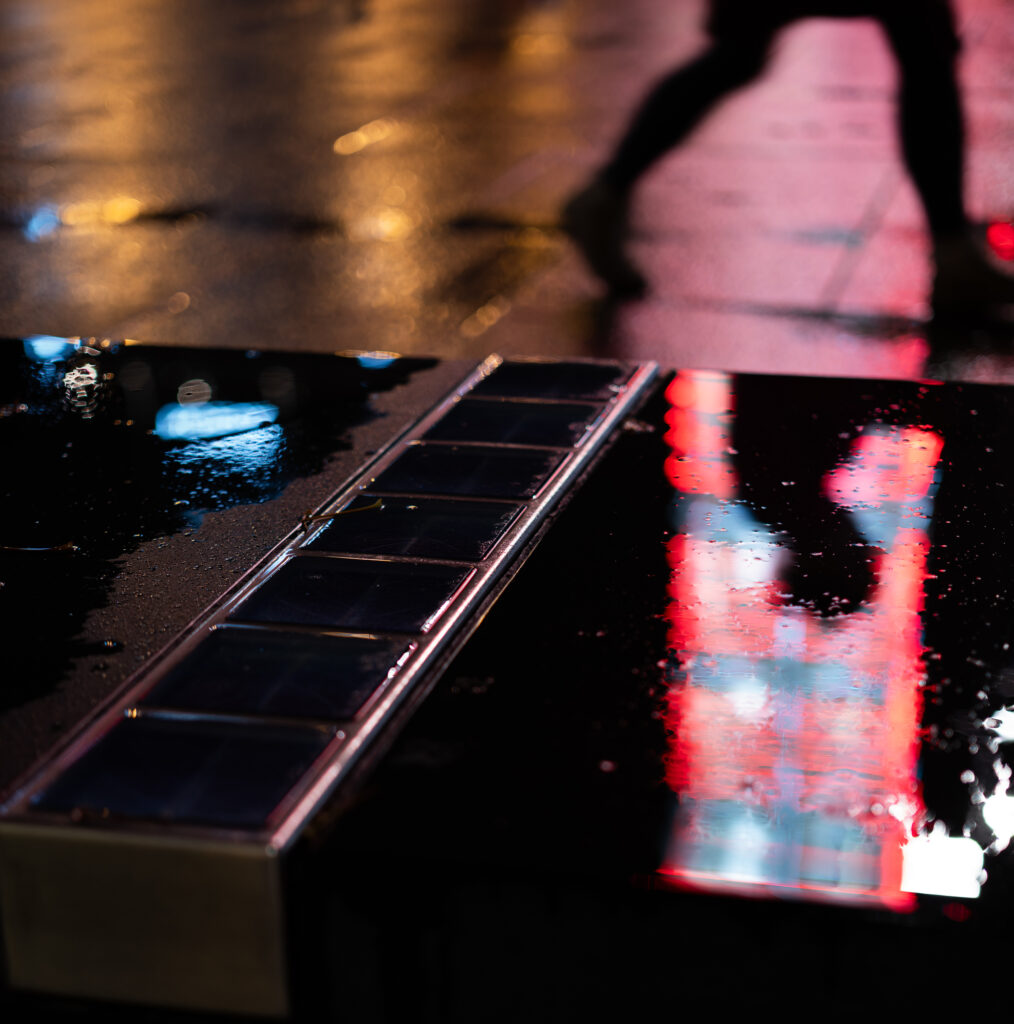The LightRoom replacement is not as easy as I hoped it would be. All alternatives are lacking. In fact, so is LightRoom in its own way, but I am used to that so I don’t notice as much. Also It is not easy to predict which shortcomings I can live with, and which will drive me mad.
CaptureOne:
Seemed like a good alternative, and in many ways it is. But there are also drawback to it.
Good stuff:
- Excellent DAM when using it in catalog mode (with referenced images)
- I really like how projects work, and how smart albums are contained within.
- Smooth interface
- Good for culling and rating images
- Nice local adjustments using layers and a fairly good masking tool
Not so good:
- Shitty Raw processor.
- Noise reduction is a joke
- Lots of little snags and hickups (becomes unresponsive now and again)
- A bit outdated. They don’t develop modern features very fast.
- Expensive.
DXO Photolab:
This very different to C1. All the features that are good in PL is bad in C1, and visa versa.
Good stuff:
- The best Raw processor
- The best noise reduction
- The best lens correction
- Some very nice modern processing features for exposure and dehaze
- Ok local adjustments. No AI masking, but for what they are, the masking tools work pretty well.
- Pricing and licensing
Not so good:
- DAM and organizing is terrible.
- It uses a sort of database, but it is rather brittle.
- You can’t see pictures in sub folders when browsing.
- Undo doesn’t work very good.
Conclusion
So, is there a conclusion to all this. Not yet. I still have 22 days left on the trial versions. For many reasons, not all of the technical, I tend to prefer DXO, but I need to sort out a few workflow issues first. Mainly related to organizing the images. I don’t think I can trust the database, which also holds the collections. It would be a real drag if I have to dump and rebuild the index. I may want to use keywords to embed all this information in the sidecar files. In that way, it will be more future proof as I can reconstruct even if I change the software in the future.
